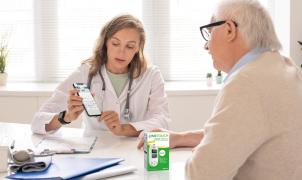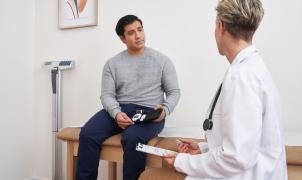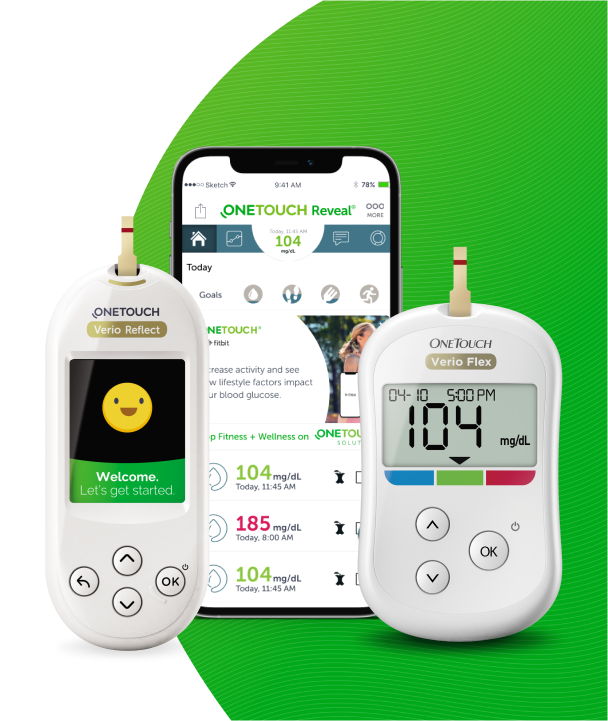Hyperglycemia: Signs to Look Out for and How to Take Action
Hyperglycemia, or high blood sugar, is an excess of glucose in the bloodstream.
Fasting or pre-meal blood glucose that is above 140 mg/dL and a level over 180 mg/dl 1-2 hours after a meal are both considered hyperglycemia.
Even when you do your best to manage your blood glucose, you may still sometimes experience highs. These highs can be dangerous if you don’t act quickly or if they are frequent.
The first step in managing hyperglycemia is recognizing the signs and symptoms. The following symptoms suggest significantly elevated blood glucose values but also note that lesser degrees of hyperglycemia may be completely asymptomatic.
Recognize the symptoms
- Increased thirst
- Urinating more often than usual, especially during the night
- More tired than usual
- Blurred vision
- Headache
- Weight loss
Next, try to investigate why you may be experiencing high blood glucose
Try to figure out why it’s high
- Did you have a larger-than-usual meal or snack?
- Did you calculate your carbohydrate intake correctly?
- Did you take the right amount of insulin?
- Were you less physically active than usual?
- Are you experiencing fever, cough, chest pain, pain with urination, nausea, vomiting or any signs of acute illness?
Take action to lower your blood glucose to your target levels
Note: When initially discussing your diabetes care plan, ask your doctor how you should adjust your insulin when your blood glucose is high. If blood sugar has only been high for a short time and you have no symptoms:
- Engage in at least 30 minutes of physical activity and drink plenty of water or other fluids while exercising to prevent dehydration.
- Retest your blood glucose to see if it has decreased.
- If it remains high for a few days, consult your healthcare team. Changes may be needed to your diabetes management plan.
Sometimes, elevated blood glucose can become a more serious problem.
If your blood glucose is very high (>240 mg/dL) or if you have the symptoms outlined below, do not exercise, check for ketones, and seek medical advice from a healthcare professional.
Ketoacidosis develops when your body doesn’t produce enough insulin to process glucose from carbohydrates for fuel. Instead, the body must break down fats or metabolize alternate fuel sources. The breakdown of fats is called ketones. Ketone levels can be measured with simple urine or fingerstick blood test using ketone strips (similar to blood glucose test strips) available at the pharmacy. Some of these blood ketone strips and meters strips may be by prescription but are useful for some patients. Ask your healthcare professional which is best for you.
Ketoacidosis is serious and dangerous and can lead to a diabetic coma. Ketoacidosis usually develops slowly, but when vomiting occurs, this life-threatening condition can develop in a few hours.
Get medical help right away if you notice these symptoms:
Early on:
- Thirst or a very dry mouth
- Frequent urination
- High blood glucose levels
- High levels of ketones in the urine
Later:
- Constantly feeling tired
- Dry or flushed skin
- Nausea, vomiting, or stomach pain
- Difficulty breathing
- Fruity-smelling breath
- A hard time paying attention, or feeling confused
Because you may need help from those around you, it may be helpful to:
- Wear a Medical ID bracelet to notify people of your condition
- Alert those close to you (friends, family, coaches) about symptoms to watch out for and what to do
- Keep a supply of ketone test strips at home if your healthcare provider recommends
Understanding the signs and symptoms of hyperglycemia is the first step in managing a high blood glucose event. You and your diabetes health care team can sit down and develop a specific and personalized plan of action that you can put in place if hyperglycemia occurs. Although hyperglycemia is not always preventable, it's serious and life-threatening consequences can almost always be avoided.
Source:
Aldhaeefi M, Aldardeer NF, Alkhani N, Alqarni SM, Alhammad AM, Alshaya AI. Updates in the management of Hyperglycemic Crisis. Frontiers in Clinical Diabetes and Healthcare. 2022;2. doi:10.3389/fcdhc.2021.820728
US-OTB-1900033








